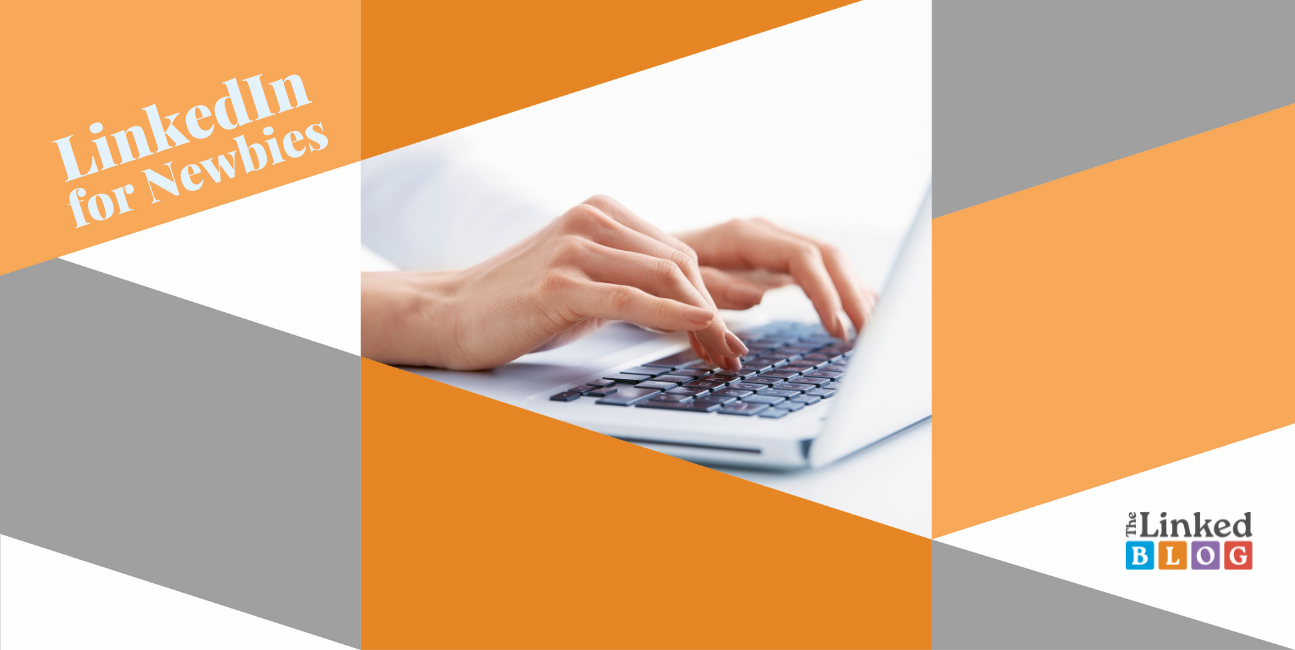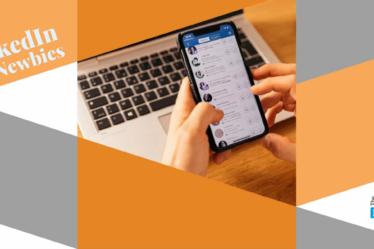
In our last article for LinkedIn Newbies, when we talked about building quality connections on LinkedIn, we mentioned how important personal messaging is. In this article we will give advice on how to write 3 of the most important messages on Linkedin.
1. Invitation for connection
Sending a personal message when you want to connect with someone is important. It makes you stand out and is a polite way to introduce yourself and show genuine interest.
The LinkedIn expert Bruce Johnston conducted an experiment on how much of a sway these personalised notes have. In 2020, he sent 100 invitations to people working in operations. Half of the invites included a note, and the rest – did not. “People are more than twice as likely to accept an invitation to connect when you include a note”, concludes Johnston in his article “Should You Include A Message In Your LinkedIn Invitation To Connect?”.
For connection messages the limit is 300 characters, so you should make the best out of it! Introduce yourself and state why you want to connect.
Here are two suggestions for creating simple messages to connect – for people you have never met personally and for those you met but may not know well.
If you have met the person
Reintroduce yourself and remind the person where you’ve met. Maybe you met at a training or you have worked together on a project.
You can add a sentence along the lines of “I enjoyed working with you / talking to you / your presentation made a strong impression on me and I would like to stay in touch in the future.”
For people you have never met personally
Introduce yourself and your field of expertise or interest that is relevant to this person’s occupation. State why you would like to connect, for example “I find your content interesting and would be happy to connect and follow you on LinkedIn.” Here you can add a reference to a piece of content that made a strong impression on you and why, adding “It will be great to discuss it further.”
2. A “Thank you” Message
In our article “LinkedIn for Newbies: How to Build Quality Connections on LinkedIn” we talked about the importance of a “Thank you” message. Not only does it show notice, but is also great ground for a further conversation.
Don’t try to sell something to your new connection right away. This shows a lack of respect and makes you seem greedy. Send a brief message instead and say why you’re pleased to connect.
Invest some time into studying the profile of your new connection. This way you can include a personal element in your message.
If you accepted an invitation from someone you have never met, but it didn’t come with a personal message, you can ask them how they found your profile and what inspired them to connect. Maybe they have read an article of yours or want to ask for advice or a future project. It will make a great impression if you message first!
If you’re writing to someone who accepted a request from you, send a brief thank you and say you’re looking for more content from them.
3. Request for a recommendation
Recommendations on LinkedIn are very important. They are a testament of your skills and professionalism. They can be a major selling point for recruiters who might be looking into your profile.
Many newbie users feel doubtful to ask for a recommendation, when in reality, the first question should be – who to ask for one. It is good to have recommendations from a variety of professionals who have worked with you or are familiar with your work. They can be senior leaders and managers you’ve worked with, clients or team members that are 1st-degree connections.
Select who you want to get a recommendation from and then compose your message depending on your relationship.
When writing, be as specific as possible. Share details as to why you decided to ask them for a recommendation and most importantly, what is the area of expertise or a project you would like them to focus on. The more details you provide, the easier it will be for them. This is especially crucial if you have multiple areas of expertise, but want to highlight a particular one.
Sending pre-written recommendations is not a great tactic. It is true that It can be appreciated as a “time savier” by some, but it can also leave a bad impression as if you don’t trust these professional’s ability to write from their own experience. Giving guidelines and highlights is enough. Of course, the best way to ensure you get a recommendation is to give one first.
As you build your LinkedIn network don’t miss other LinkedIn for Newbies articles.
Follow us on LinkedIn for more tips and tricks on how to use the professional network!
See more about what we can do for you here.



